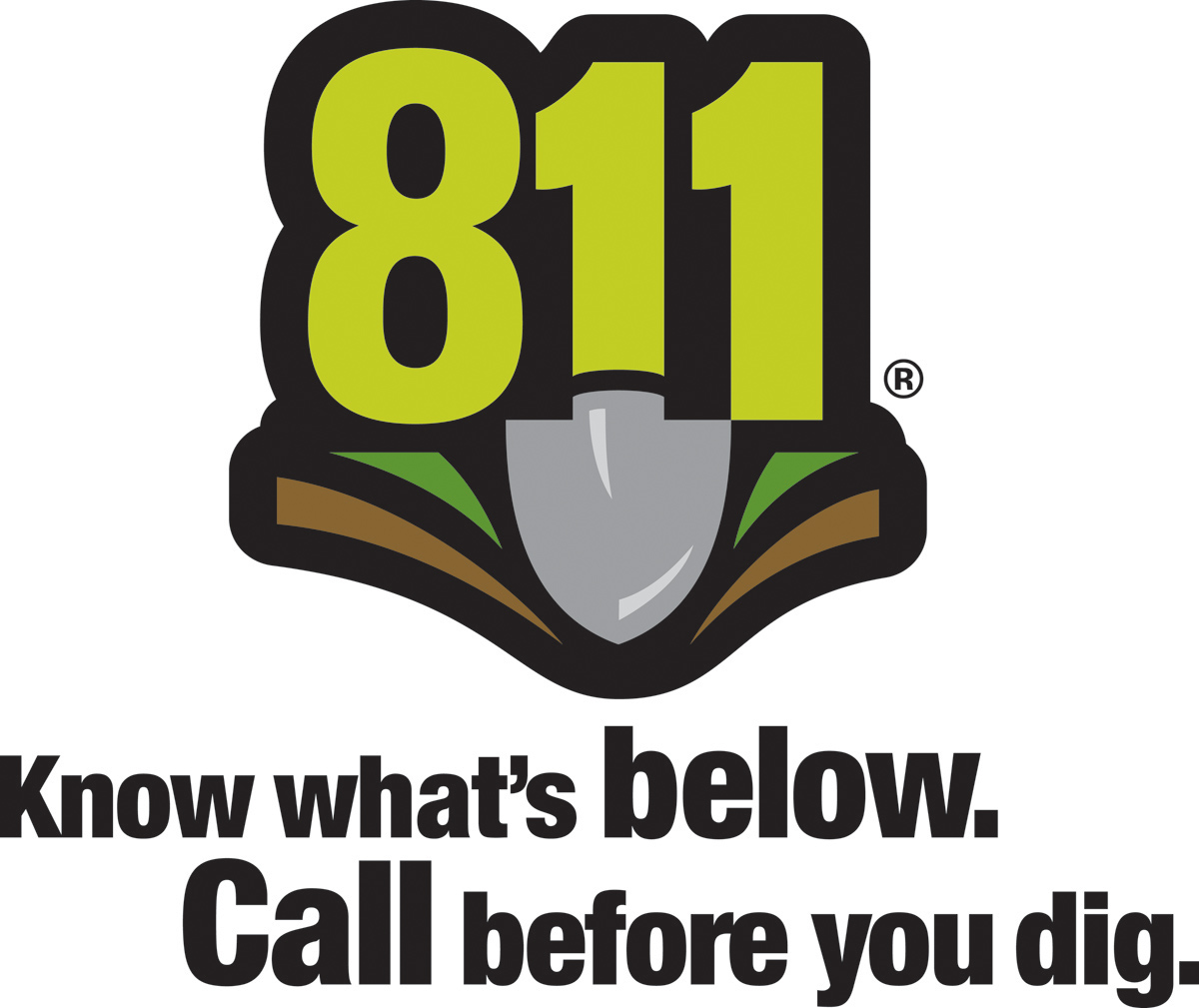Call Before You Dig!
 Connecticut law requires in most cases that you must call to have underground facilities located before you begin an excavation or demolition – before you begin digging. This is to avoid damage to pipelines and other underground facilities and to protect the safety of you and others. Call before you dig, it’s required by law. Dial 811 to contact the one-call center. The call is free and there is no cost to you for the service. Remember, Call 811 before you dig. More...
Connecticut law requires in most cases that you must call to have underground facilities located before you begin an excavation or demolition – before you begin digging. This is to avoid damage to pipelines and other underground facilities and to protect the safety of you and others. Call before you dig, it’s required by law. Dial 811 to contact the one-call center. The call is free and there is no cost to you for the service. Remember, Call 811 before you dig. More...
PHMSA Data on Excavation Damage to Pipelines in Connecticut
Excavation damage to pipelines can result in deaths and injuries, as well as property and environmental damage. PHMSA has created data reports related to excavation damage to pipelines.
Mapping Reportable Pipeline Incidents Caused by Excavation Damage
PHMSA has created an interactive map of reportable pipeline incidents caused by excavation damage. The map depicts the locations of the incidents as well as "heat maps" that show where incidents are concentrated geographically. The heat maps are best shown when the map is zoomed out. The map can be panned and zoomed and each individual point indicating an excavation damage incident can be clicked on to view the data associated with the incident, as reported to PHMSA by the pipeline operator. Map data are described and may be downloaded from https://www.phmsa.dot.gov/data-and-statistics/pipeline/pipeline-incident-flagged-files. Questions about the map can be directed to Sam Hall at sam.hall@dot.gov.
Summary of Connecticut State Damage Prevention Law
PHMSA developed and maintains a summary of state damage prevention laws. PHMSA’s summary reflects state damage prevention law requirements categorized relative to: Excavator Requirements; Operator Response; and, One Call, Enforcement, and Reporting.
The State Damage Prevention Law Summary for Connecticut is shown here. You may also view most of the information from PHMSA’s State Damage Prevention Law Summary via our online mapping application; from there, you may also download the entire summary spreadsheet for all states.
Connecticut Damage Prevention Program Characterization
Working with key damage prevention stakeholders in each State, PHMSA has characterized State damage prevention programs relative to the nine elements of effective damage prevention programs, as cited by Congress in the Pipeline Inspection, Protection, Enforcement and Safety (PIPES) Act of 2006. This characterization is intended to help all stakeholders better understand the successes of and challenges to their State’s damage prevention program and where the program may need improvement. This characterization can also help PHMSA determine where it can focus further assistance. More information is available regarding PHMSA’s State Damage Prevention Program Characterization (SDPPC) initiative.
PHMSA utilized a characterization tool with criteria to ensure consistency in characterizing the State programs. During the characterization discussions, participants were asked to provide supporting comments and to briefly summarize the results, key points, challenges, and ongoing initiatives relative to underground facility damage prevention for their States. The extent, completeness, and clarity of their observations and input varied from state to state. The most recent completed state damage prevention program characterization tool for Connecticut is available.
Below is a depiction of the most recent overall characterization of Connecticut's damage prevention program.
| Connecticut State Damage Prevention Program Characterization | Effective Damage Prevention Program Element |
|---|---|
 | Element 1 - Enhanced Communication between Operators and Excavators |
 | Element 2 – Fostering Support and Partnership of all Stakeholders |
 | Element 3 – Operator’s Use of Performance Measures for Locators |
 | Element 4 – Partnership in Employee Training |
 | Element 5 – Partnership in Public Education |
 | Element 6 – Enforcement Agencies’ Role to Help Resolve Issues |
 | Element 7 – Fair and Consistent Enforcement of the Law |
 | Element 8 – Use of Technology to Improve the Locating Process |
 | Element 9 – Data Analysis to Continually Improve Program Effectiveness |
| Symbol Legend: | |
|---|---|
 | Program element implemented |
 | Element partially implemented/marginally effective program element needs improvement; no actions underway/planned for improvement |
 | Program element is not implemented and needs to be addressed |
 | No information available or not applicable |
| P | Pending |
State Damage Prevention Grants
PHMSA awards grants to fund improvements in state damage prevention programs. The purpose of the grants is to improve existing state damage prevention programs, and to establish comprehensive state damage prevention programs in states that do not currently have such programs. States are encouraged to implement the nine elements of effective damage prevention programs. Click here to see damage prevention grants awarded to Connecticut.
More information is available regarding PHMSA’s grants programs.
Common Ground Alliance Regional Partner Program
The Common Ground Alliance (CGA) mission of shared responsibility is facilitated through partnership with groups of local stakeholders called Regional CGAs. There are more than 70 CGA Regional Partners playing critical local roles in damage prevention in their respective geographic areas. As the local ambassadors of the CGA mission, Regional CGAs have been instrumental in creating state-wide summits and conferences, giving stakeholders who are unable to attend the national CGA annual meeting an opportunity to learn new damage prevention skills.

